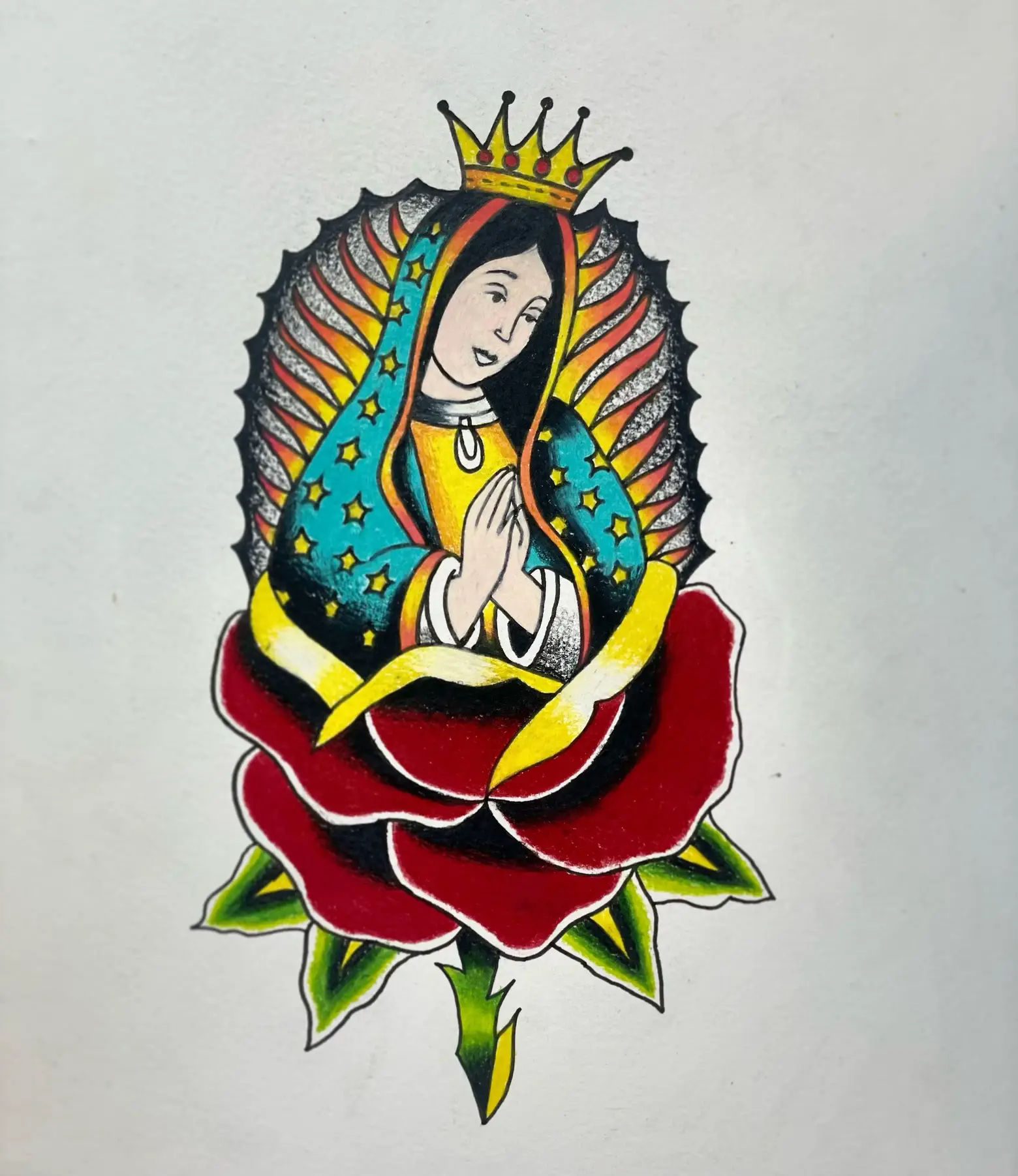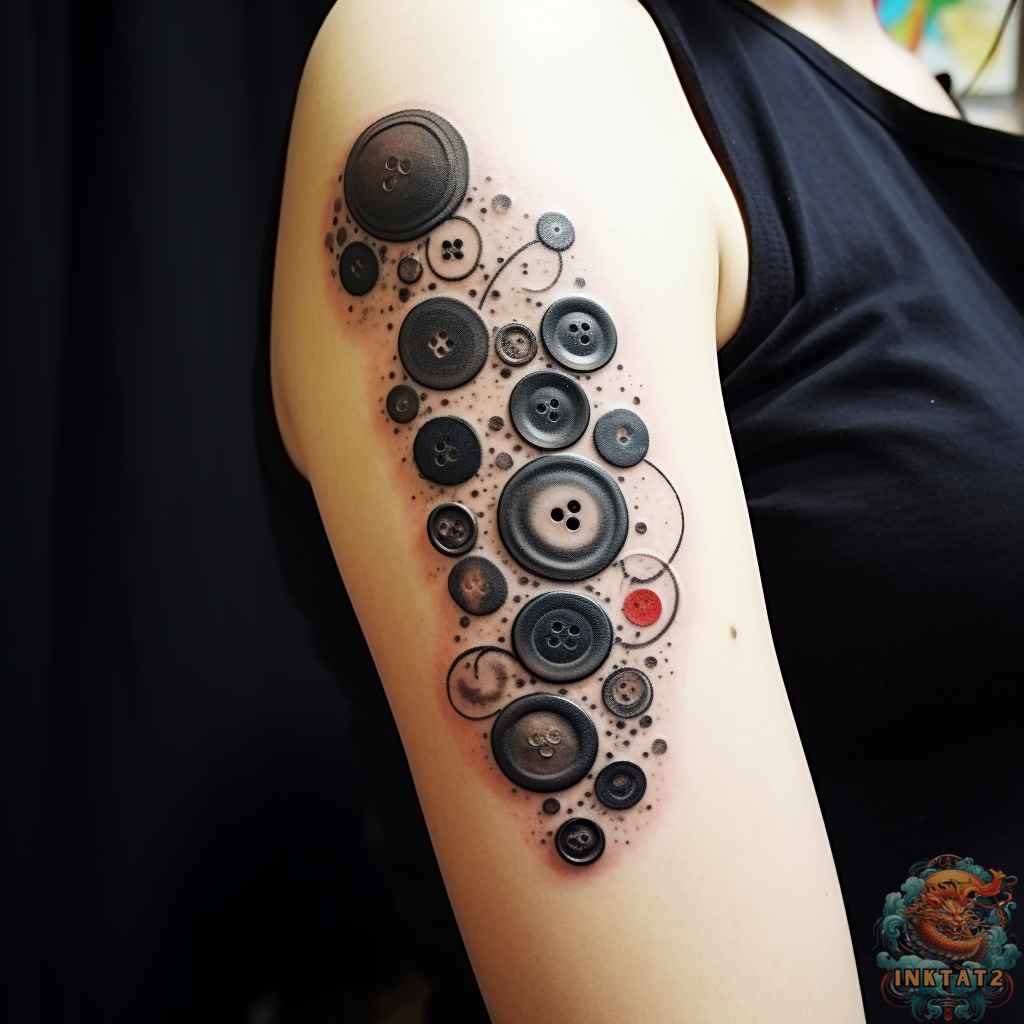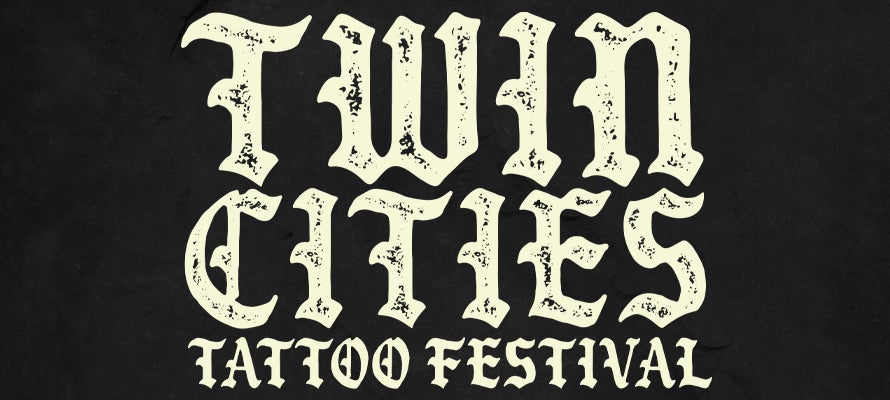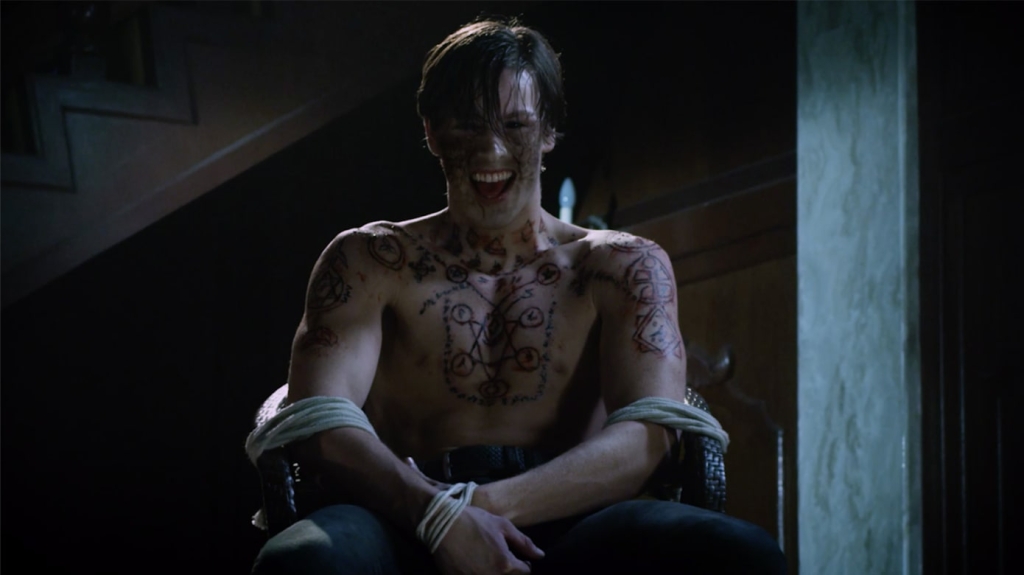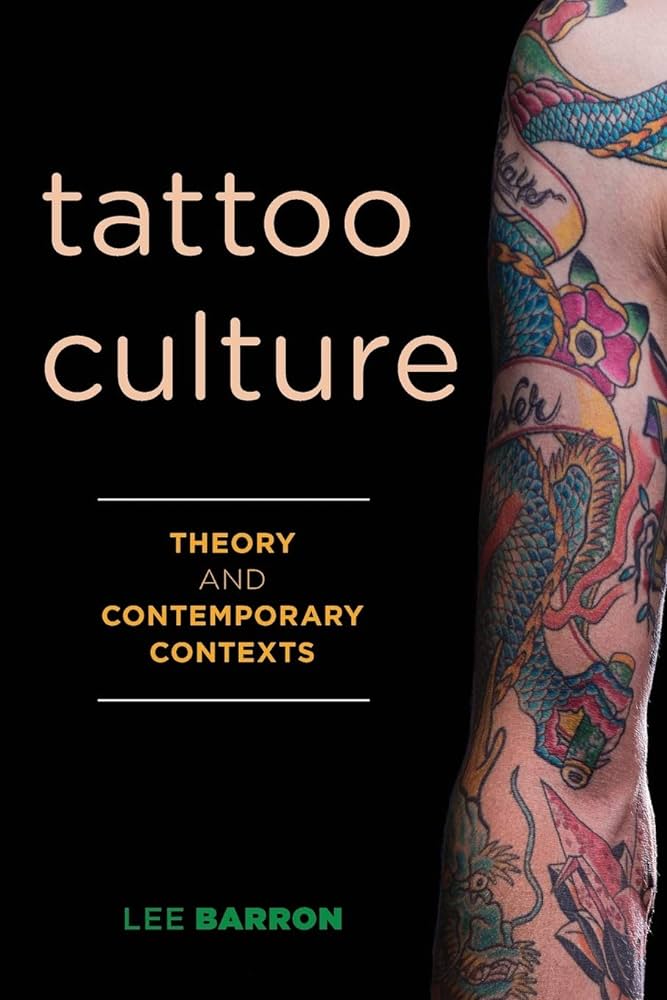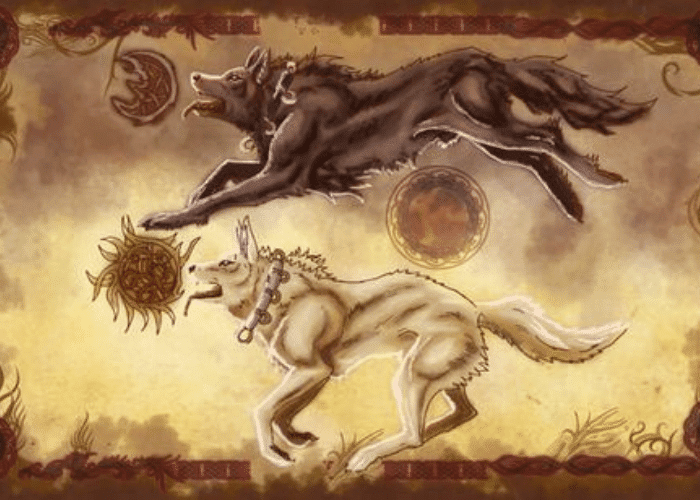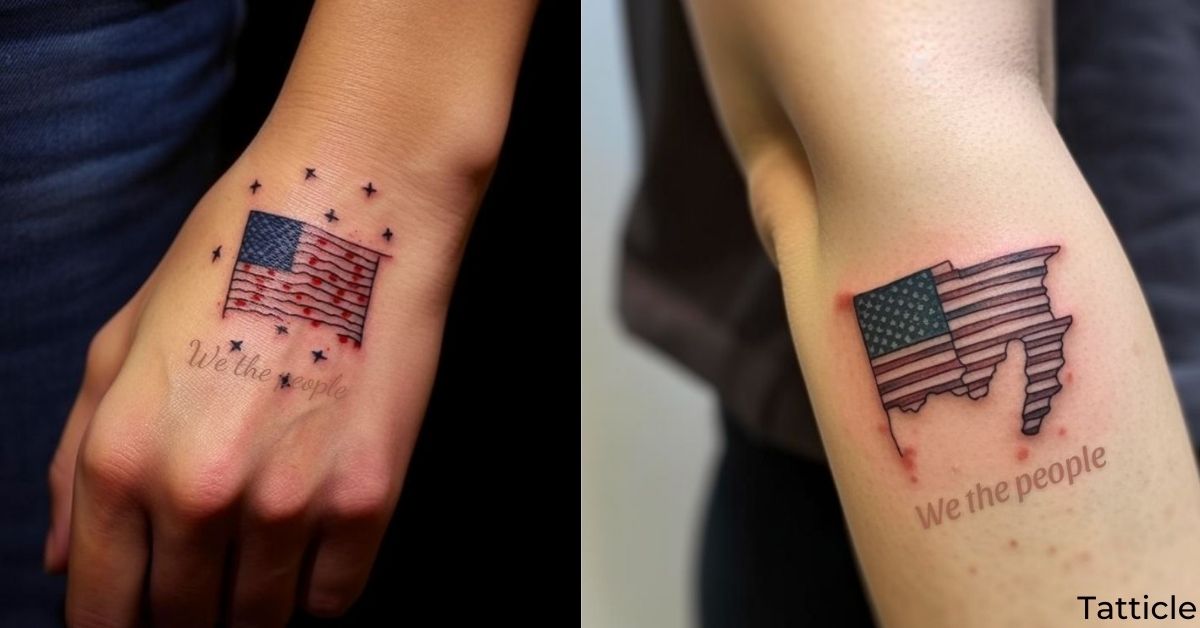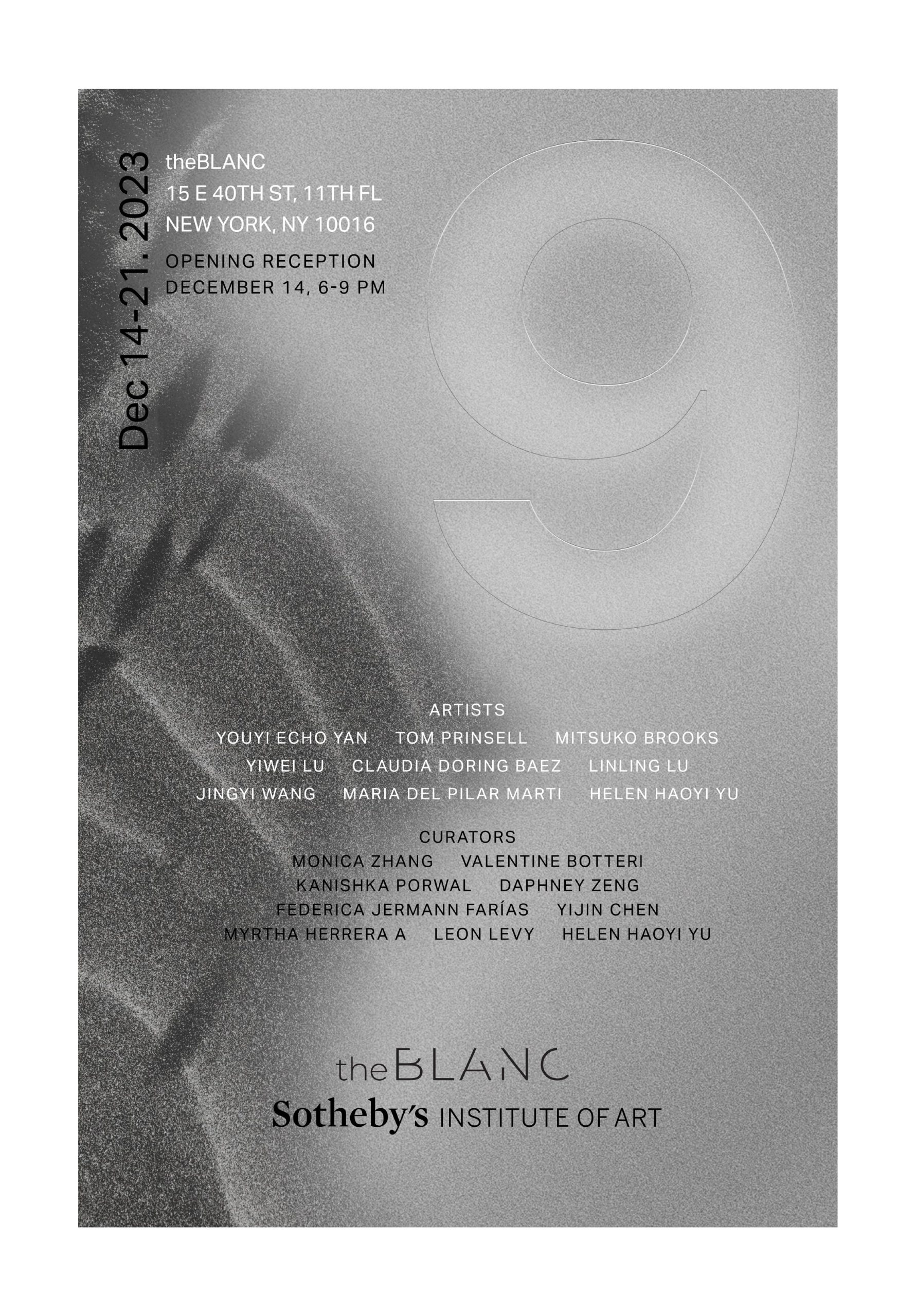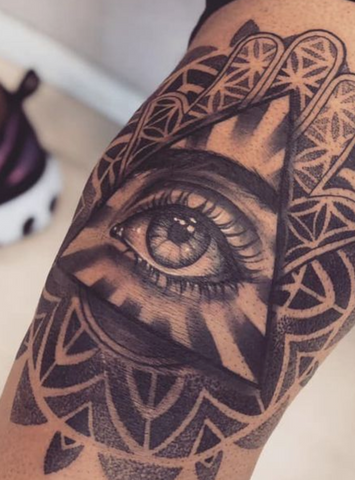The Cultural Significance and Symbolism of Virgen de Guadalupe Tattoos: An Insightful Exploration
– The article discusses Virgen de Guadalupe tattoos and their meanings.
– Tattoos hold personal meanings for the wearer.
– A Virgen de Guadalupe tattoo can represent Christian faith or respect for the Virgin Mary.
– The design and placement of the tattoo can vary.
– Meanings and symbols associated with Virgen de Guadalupe tattoos include hope and pride/respect.
– The Virgin Mary is seen as a symbol of love, equality, and strength.
– People get Virgen de Guadalupe tattoos to symbolize love, strength, protection, and redemption.
– The location of the tattoo can convey different meanings, such as hope and faith (chest), pride, respect, and equality (arm), and love and devotion (side of the neck).
